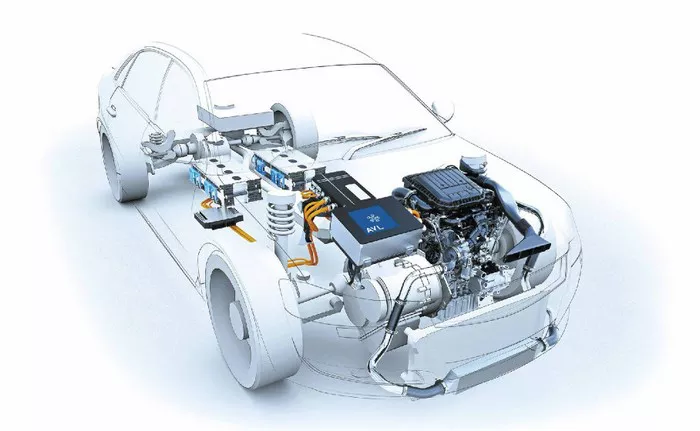As electric vehicles (EVs) continue to gain popularity, one component that plays a crucial role in their performance and passenger comfort is the HVAC (heating, ventilation, and air conditioning) system. Unlike traditional internal combustion engine vehicles, EVs require innovative solutions to balance passenger comfort with energy efficiency, and advancements in HVAC technology are driving this shift.
A key development in EV HVAC systems is the electric compressor, which has become the centerpiece of these systems. Unlike the belt-driven compressors commonly found in gasoline-powered vehicles, electric compressors provide variable speed control, adjusting based on the cabin’s cooling demands. This flexibility allows for better energy management, reducing power consumption while maintaining optimal comfort.
Advancements in Compressor Technology
One of the most promising innovations in compressor technology is the scroll compressor. Scroll compressors consist of two interleaved spiral components—a stationary fixed scroll and a moving scroll that orbits around it. This design enhances efficiency by reducing vibration and noise compared to traditional reciprocating compressors. Furthermore, the compact size and lightweight nature of scroll compressors make them particularly well-suited for EVs, where space and weight are at a premium.
Heating Solutions for Cold-Weather Performance
In addition to cooling systems, EV manufacturers have made significant strides in improving heating systems to combat range reduction in cold weather. Traditional heating methods can drain the EV battery quickly, reducing driving range. However, heat pumps have emerged as an efficient alternative. By transferring heat from the outside air, heat pumps can provide cabin heating without the need to draw significantly from the battery. They are 2-3 times more efficient than conventional heating methods, even in temperatures as low as -20°F. Heat pumps can also help EVs recover 3-15% of the range typically lost in cold weather.
Another key advancement is the High Voltage Heater (HVH), which provides compact, high-efficiency heating. Unlike heat pumps, the HVH uses water heating instead of air heating, making it highly efficient for both cabin comfort and preheating the traction engine. With the ability to operate across a wide range of voltages (100-450V) and deliver up to 7 kW of heating power, the HVH is becoming a critical technology for maintaining optimal temperatures in electric vehicles.
Battery Thermal Management: A Vital Component
Beyond passenger comfort, the HVAC system also plays a vital role in managing battery temperatures. EV batteries function best within a specific temperature range of 59°F to 86°F, with no more than a 10°F difference across the battery pack. When temperatures fall outside this range, it can lead to reduced performance, faster wear, and potential safety issues. To address this, an efficient battery thermal management system is essential.
The HVAC system works in tandem with the battery cooling system to ensure that the battery stays within its ideal temperature range. This collaboration not only helps to optimize the EV’s overall performance but also extends the driving range, improves charging efficiency, and contributes to the vehicle’s long-term durability.
Conclusion
As electric vehicles become more mainstream, innovations in HVAC technology are making them more practical and efficient, especially in challenging weather conditions. From advanced compressors to heat pumps and high voltage heaters, these technologies are enhancing both energy efficiency and passenger comfort. By effectively managing cabin climate and battery temperatures, the EV HVAC system is essential to overcoming the challenges of cold-weather range reduction and ensuring that electric vehicles are a viable option for everyday use.
Related topics:

